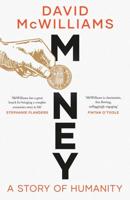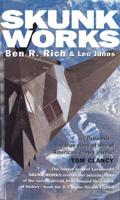Publisher's Synopsis
How 16th century Venetian silk manufacturers met the challenge of demand for lighter and cheaper fabric.
The manufacture of luxury textiles, such as silk, was central to an Italian Renaissance economy based on status and conspicuous consumption. From the rapidly changing fashions that drove demand to the jobs created for craftsmen, weavers, and merchants, the wealth and prestige associated with silk throughout Europe made it Italy's leading export industry. In this important book, Luca Molà examines the silk industry in Renaissance Venice amid changing markets, suppliers, producers, and government regulations.
Drawing on archival research and a vast amount of European scholarship, Molà documents the innovations Venetians made in manufacturing and marketing to spur the silk industry. He uncovers the alliance between manufacturers and government to promote the industry in a changing international economic environment. Through flexible laws, quality was regulated to meet the varying requirements of an increasing range of customers. Molà also analyzes state policy that favored the development and organization of silk producers throughout the Terraferma. His findings contribute in an important way to the ongoing scholarly assessment of Venice's place in the economy of the Renaissance and the Mediterranean world.









